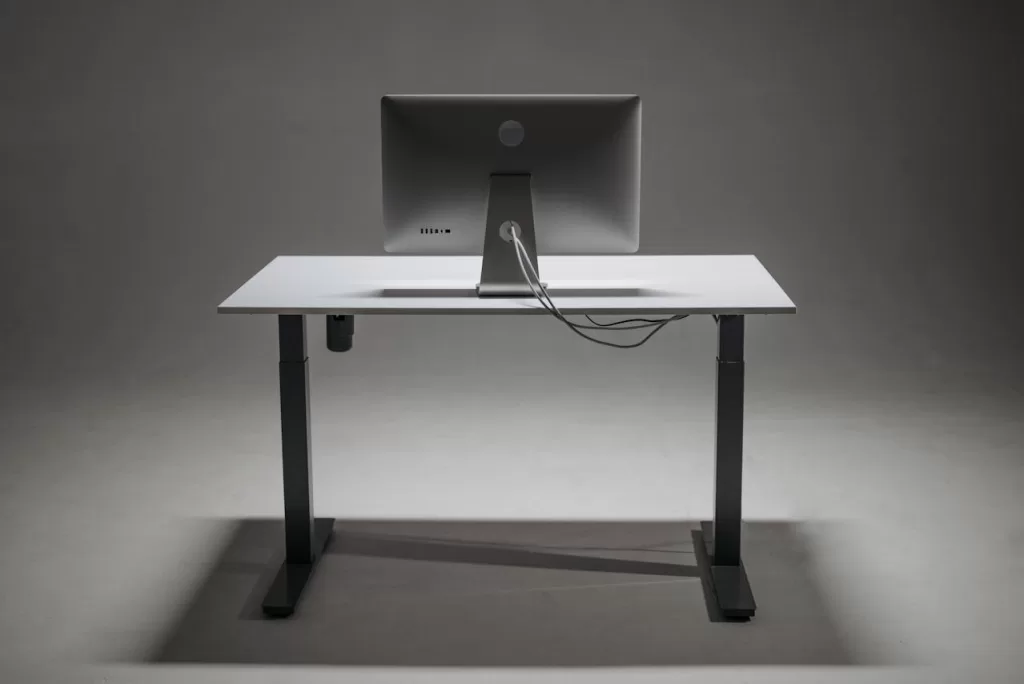For decades, the pedestal was a staple in workspaces worldwide. These small, often mobile units served as personal storage solutions for employees, housing everything from important documents and office supplies to personal items. As the workplace evolves, however, the once-essential pedestal is becoming a relic of the past.
Flexible workspaces and the rise of remote work have redefined the need for personal storage, shifting the paradigm towards lockers and communal spaces. This shift has brought about significant changes in office design and policy, with both advantages and disadvantages.
The Rise and Fall of the Pedestal
 The pedestal’s popularity stemmed from its practicality. Typically placed under desks, these units provided easy access to essential items, ensuring that employees could keep their workstations organised.
The pedestal’s popularity stemmed from its practicality. Typically placed under desks, these units provided easy access to essential items, ensuring that employees could keep their workstations organised.
The mobility of some pedestals also allowed for reconfiguration of spaces without too much effort. However, the traditional fixed-desk setup that favoured pedestals has been challenged by new workspace trends.
In modern office environments, particularly those embracing open-plan and activity-based working (ABW) concepts, the need for individual storage at every desk has diminished.
Flexible workspaces prioritise communal and shared resources, promoting a more dynamic and collaborative atmosphere. The shift has necessitated a re-evaluation of storage solutions, leading to the rise of personal lockers and centralised storage areas.
The Benefits of Moving to Lockers
 1. Space Efficiency: By moving personal storage to lockers, businesses can maximise the utility of their office space. Desks no longer need to be assigned to specific individuals, allowing for “hot-desking” or shared desk policies where employees use available desks as needed. This approach can significantly reduce the amount of space required per employee, which is particularly beneficial in high-rent areas.
1. Space Efficiency: By moving personal storage to lockers, businesses can maximise the utility of their office space. Desks no longer need to be assigned to specific individuals, allowing for “hot-desking” or shared desk policies where employees use available desks as needed. This approach can significantly reduce the amount of space required per employee, which is particularly beneficial in high-rent areas.
2. Enhanced Collaboration: Flexible workspaces designed around shared resources and communal areas encourage more interaction and collaboration among employees. Without fixed desks and personal pedestals, employees are more likely to move around and engage with different teams and colleagues, fostering a more dynamic work environment.
3. Clean and Organised Workspaces: Centralised storage in the form of lockers can lead to tidier desks. Employees tend to leave fewer personal items at shared workstations, resulting in cleaner and more organised workspaces. This can improve overall office aesthetics and create a more professional environment.
4. Adaptability: Lockers and flexible storage solutions support the evolving needs of modern businesses. As companies grow or shift their focus, they can easily reconfigure workspaces without the constraints imposed by fixed storage units.
The Downsides of Abandoning the Pedestal
1. Inconvenience: One of the main drawbacks of replacing pedestals with lockers is the potential inconvenience for employees. Lockers are typically located away from desks, requiring employees to make additional trips to retrieve their belongings. This can be particularly frustrating if an employee needs frequent access to specific items throughout the day.
2. Loss of Personal Space: Pedestals provided a small but significant personal space where employees could store personal items, making their workspace feel like their own. The removal of pedestals can contribute to a feeling of loss of personal territory, which may affect some employees’ sense of belonging and comfort.
3. Security Concerns: While lockers can be secure, the transition to shared workspaces can sometimes lead to concerns about the safety of personal items. Employees need to trust that their belongings are secure in communal storage areas, which may not always be the case if proper security measures are not in place.
4. Adjustment Period: Adapting to a new storage system and flexible work environment can take time. Employees accustomed to having everything within arm’s reach may find the transition challenging, potentially impacting productivity and job satisfaction in the short term.
The humble pedestal has largely disappeared from modern workstations, replaced by lockers and other communal storage solutions as businesses adopt more flexible workspace strategies. This evolution has brought about numerous benefits, including greater space efficiency, enhanced collaboration, and the ability to easily adapt to changing business needs.
However, it also comes with challenges, such as potential inconvenience and a loss of personal space for employees. Balancing these pros and cons is crucial for companies aiming to create productive, comfortable, and flexible work environments. The pedestal may no longer be central to the workspace, but its legacy persists in the ongoing quest for optimal office design.
![The [RE]Search Co.](https://re-search.co/wp-content/uploads/2025/02/The-RE-Search-Co-Orange_Grey-png-350x51.avif)












